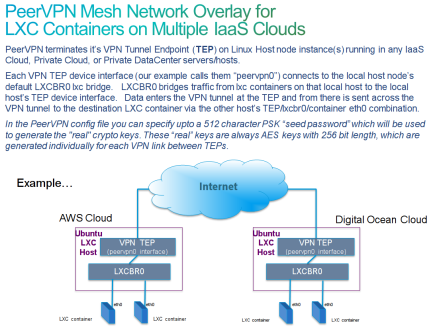

The illustration shows that a single supplicant port has been connected to The following illustration is an example of 802.1X supplicant support. (that is, a single port on a supplicant can be connected to multiple Supplicant has the ability to "understand" and "respond" to EAP requests.ĮAP-Message Digest 5 (EAP-MD5) is currently supported.Īre connected through an Ethernet link can act as a supplicant and as anĪuthenticator simultaneously, thus providing mutual authentication capability.Īcting as a supplicant can authenticate itself with more than one authenticator TheĨ02.1X supplicant support functionality provides the following solutions forĪuthentication Protocol (EAP) framework has been included so that the This scenario requires that a networkĭevice be able to authenticate itself against another network device. There are deployment scenarios in which a network device (a routerĪcting as an 802.1X authenticator) is placed in an unsecured location andĬannot be trusted as an authenticator.
802.1 x vpn mac#
The router will send all host-addressed PDUs to the individual MAC address of the host rather than to the multicast address. On the router, the receipt of the EAPOL-Start message will result in the source MAC address being "remembered," and an EAPOL-request or identity PDU being sent to the host.

802.1 x vpn drivers#
On some platforms, Ethernet drivers have to program the interface address filter so that EAPOL packets can be accepted.
802.1 x vpn driver#
When an 802.1X-capable host starts up, it will initiate the authentication phase by sending the EAPOL-Start 802.1X protocol data unit (PDU) to the reserved IEEE multicast MAC address (01-80-C2-00-00-03) with the Ethernet type or length set to 0x888E.Īll 802.1X PDUs will be identified as such by the Ethernet driver and will be enqueued to be handled by an 802.1X process. This feature separates traffic from authenticated and unauthenticated users so that separate access policies can be applied. The VPN Access Control Using 802.1X feature expands the scope of the 802.1X standard to authenticate devices rather than ports, meaning that multiple devices can be independently authenticated for any given port. Unauthenticated traffic users will be allowed to pass through the Internet but will be blocked from accessing the corporate VPN tunnel. To distinguish between the users, the VPN Access Control Using 802.1X Authentication feature uses the IEEE 802.1X protocol that allows end hosts to send user credentials on Layer 2 of the network operating system. Currently there is no existing mechanism to prevent the unauthenticated user from accessing the VPN tunnel. In the home LAN, both authenticated (employee) and unauthenticated (other household members) users exist, and both have access to the corporate VPN tunnel. The home access router provides connectivity to the corporate network through a VPN tunnel through the Internet. Feature Information for VPN Access Control Using 802.1X Authentication.Typical VPN Access Control Using 802.1X Configuration Example.Configuration Examples for VPN Access Control Using 802.1X Authentication.Verifying VPN Access Control Using 802.1X Authentication.Monitoring VPN Access Control Using 802.1X Authentication.Configuring a Router As an 802.1X Supplicant.Enabling 802.1X Authentication on Windows 2000 and Windows XP PCs.
802.1 x vpn Pc#

802.1 x vpn how to#


 0 kommentar(er)
0 kommentar(er)
